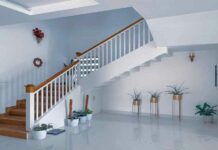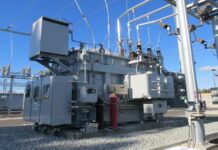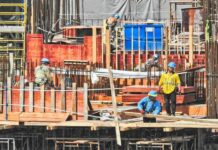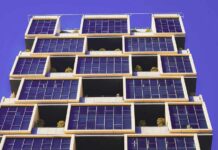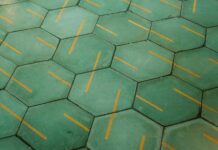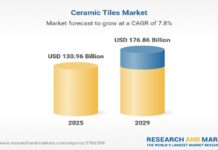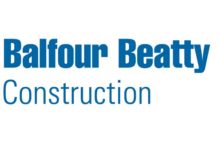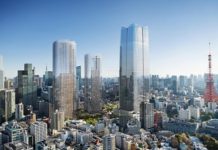Zaha Hadid Architects has just unveiled Roatán Próspera Residences, its latest project with AKT II and Hilson Moran. Located on the island of Roatán in the Caribbean, the largest of the Bay Islands of Honduras, the project takes on specific ecological and social criteria, to develop homes for the island.
Generating a digital architectural platform to create homes for Roatán Próspera, the first Economic Development Hub is built on the Prospera Platform, a zone for economic development and employment, integrated with local communities and have semi-autonomous governance and regulation, within Honduras.“Integrating local vernacular tradition of timber construction, climatic appropriateness and spatial experience with new digital design, engineering, and construction techniques”, the design of Roatán Próspera Residences responds directly to the climate, terrain and culture challenges. Relying on a comprehensive approach of the context, and working with existing local materials, craftsmanship, and manufacturing facilities to support the local economy, the initiative aims to blend completely with the territory. In collaboration with AKT II, the structural elements are made from local sustainable timber.
With the use of digital information technologies, waste, pollution, carbon footprint and energy can be reduced to a minimum; while better construction quality can be achieved, with off-site fabrication. In fact, the modular system developed of ‘kit of parts’, quickly assembled on-site, is “a cost-controlled solution specifically tailored to local supply chains, transportation, and installation”. Working towards providing local craftsmen, tradesmen and construction teams with a new kind of experience, working and using innovative technological tools, the design process aims to build lasting relationships between homeowners and the local community that will help new residents to integrate with the local culture.
Moreover, through this digital configuration platform, home-owners can plan their homes, according to their spatial needs and connect with local suppliers. Applying parametric design software developed by the Computational and Design Group at ZHA (ZHCODE) and the Computational Engineering Team at AKT II, (P.ART), the platform ensures that each residence is developed specifically to the configuration defined by each future resident.
In fact, “a principle underpinning the configuration platform is three-dimensional property rights with homeowners acquiring occupational and exclusion rights for units of 3D space called volume-pixels or voxels. Their residences will be algorithmically computed to fit within their chosen arrangement of voxels. Each voxel is 35 square meters in plan-area and 4 meters high. Residential units vary from 35 sq.m studios (1 voxel) to 175 sq.m family homes (5 voxels)”. Owners can customize their layouts with this platform to fit their preferred number of voxels, with at least 15,000 different variations to configure the maximum of 5 voxels.





